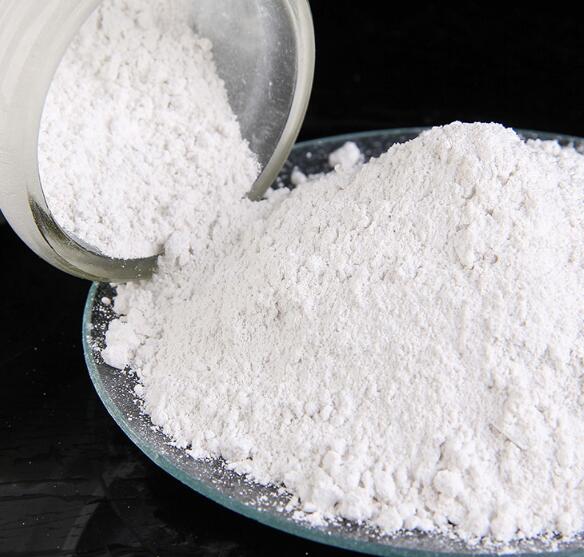Induced crystal transformation technology of brucite: opening a new chapter in the application of micro-nano materials

Brucite, as a naturally occurring magnesium-containing mineral, is becoming a hot topic in the field of micro-nano materials due to its unique chemical and physical properties. By inducing crystallization of brucite, micro-nano materials with specific morphology and size can be prepared, and these materials show great application potential in many fields.
Principle and application of induced crystallization technology
Induced crystallization technology is a method of preparing micro-nano materials with specific morphology and size by controlling the reaction conditions to induce phase change of brucite crystals. This method can not only improve the purity of brucite, but also regulate its microstructure, thereby improving the application performance of the material. By precisely controlling the reaction conditions, such as temperature, pressure and pH value, the morphology and size of brucite crystals can be finely controlled.
Preparation of brucite-based micro-nano materials
The researchers used the purification method of organic molecule induced crystallization to directly crystallize the brucite slurry particles into high-purity magnesium hydroxide nanocrystals with regular morphology under hydrothermal conditions and in the presence of trace organic molecules. This organic molecule can be reused during the crystallization reaction, greatly reducing the production cost and improving the utilization efficiency of magnesia resources. The specific preparation steps include:
1. Raw material preparation: Select high-purity brucite powder as raw material.
2. Hydrothermal reaction: Add appropriate amount of water and organic molecules to the autoclave, control the temperature and pressure for hydrothermal reaction.
3. Separation and washing: After the reaction is completed, remove the unreacted raw materials and impurities by centrifugal separation and multiple washing.
4. Drying and characterization: The obtained nanocrystals are dried and characterized by transmission electron microscopy (TEM), scanning electron microscopy (SEM) and other means.








